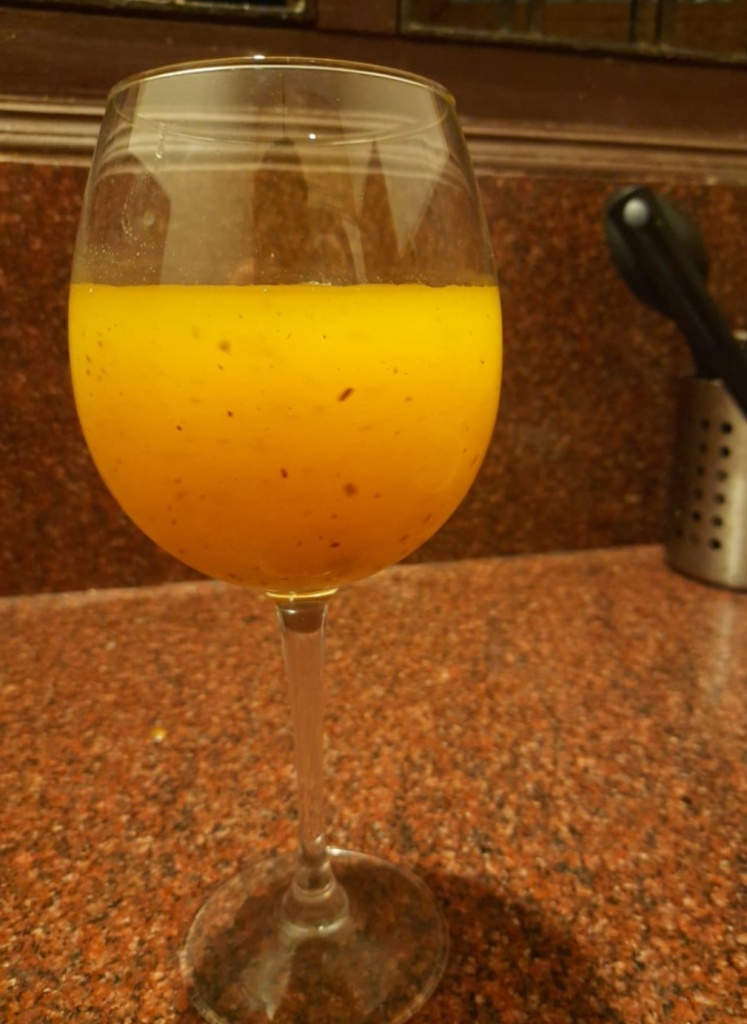We started our exploration of Bengali home cooking with the bitter side of Bengali cuisine (check it out here), dishes that are primarily eaten in spring and early summer at the start of the meal. This week, let’s bring it home with a look at its sour side. Bengali cuisine has its own separate category of sour dishes, which go far beyond mere pickles and relishes.
Spring is heralded by blossoms on the mango tree, and it is only the matter of time before the trees bear fruit. The unripe or green mango may not be as praised as its ripe cousin, but it has a charm of its own. It is tart, sometimes very tart, and has an entirely different flavour profile, sharper and more herbaceous. It features in a number of relishes all over India like the Punjabi aam ka achar or the multitude of Gujarati pickles like gorkeri and chunda, many of which are popular imports in the Bengali kitchen too.
We all remember the famous scene from Ray’s Pather Panchali where Apu and Durga eat aam er kushi or young mango buds. The kacha aam makha or bhorta, is a similar snack, very common in rural Bengal. All you need to do to make it is grate the mango and mix it with mustard oil, salt, sugar, chillies and other spices like the sharp kashundi (a mustard condiment often flavoured with raw mango; more on that some other time). It is intense and mouth-puckering.

One of the simplest and best summertime treats is the refreshing aampora shorbot, made by burning the raw mangoes over a flame and mixing the flesh with chillies and other spices like roasted cumin, before making it into a drink. Tangy, a tad spicy and incredibly refreshing, it is the ideal summertime drink.
If you’re looking for something a bit more elaborate, we need to head into the kitchen. One of the simplest dishes you can make with raw mangoes is the kacha aamer tok or jhol, which can be described as a cross between a soup and a chutney. All it involves is frying pieces of green mango in oil tempered with some mustard and red chilli, before adding water and sugar, and cooking the mixture till the mangoes are soft. You could add some turmeric for colour.
Sweet, sour and light, aam er tok is a great way to end a summertime meal. For something a bit more indulgent, you could reduce the water to sugar ratio to create a thicker aam er chutney, great for mopping up with some crispy papad. Of course, the mangoes don’t always have to be the hero of the dish. You could also use it as a souring agent in dals, to make a tok dal, great for the summers. A more complex preparation might involve using the mangoes in a fish dish, to make a complex ambol.

Kacha aam might be the most favourite sour fruit of Bengal, but it is by no means the only one. Other local fruits include the chaalta or elephant apple, the jolpai or Indian olive, the kodbel or wood apple, and the aamra or hog plum. They can be eaten as a simple snack or made into ambals, chutneys and achaars. And then there’s tamarind or tetul, which can also be used as a souring agent in curries, instead of common candidates like lime juice, yoghurt and tomatoes.
Using seasonal green mangoes as a souring agent imparts the dish with its own characteristic flavour, something you could never achieve with lime juice. Also, there are the tender bits of cooked mango which provide a wonderful textural contrast to the fish. That being said, there is one variety of lime that leaves its signature impression in any dish it is added to.
Gondhoraj literally means “king of aroma”, and is a cousin of the kaffir lime, an essential flavour component of Thai and other Southeast Asian cuisines. Gondhoraj lebu adds not only an acidity but its own unmistakable flavour. A squeeze of gondhoraj on a plate of rice and dal is bound to elevate it to another level. Like vanilla, it is best added near the end of cooking or used directly at the table so that the flavour doesn’t die out. It can also be used in drinks and desserts, like the amazing gondhoraj tart I talked about in the Not Too Sweet series.

And speaking of achaar or pickles made with sour fruits, mention has to be made of kul or boroi, also in season at the time. When ripe, it is green and can be eaten on its own or made into a bhorta like the green mango. As it ripens, it softens and turns brownish in colour, and is great for making chutneys or more commonly, achaars.
Consistency wise, aam er tok and kul er achhar lie at the opposite ends of the spectrum. While the former is thin and slurpy, the latter is sticky and jammy, great as an accompaniment to a meal or even on its own. When a seasonal ingredient is in its prime, not much needs to be done to it to create amazing end-results. And the multitude of sour dishes in Bengal’s culinary repertoire is proof of that.

3 Comments Add yours